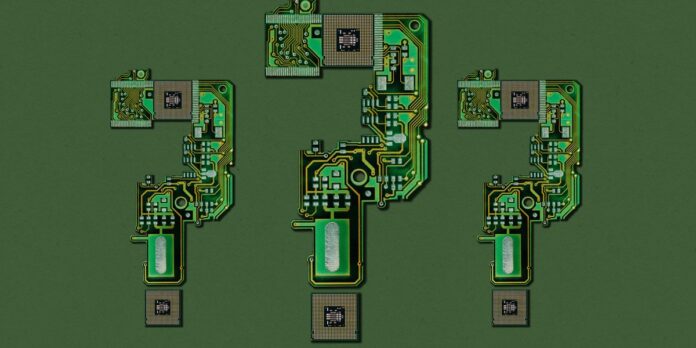Thanks to the boom in artificial intelligence, the world of chips is on the cusp of a huge tidal shift. There is heightened demand for chips that can train AI models faster and ping them from devices like smartphones and satellites, enabling us to use these models without disclosing private data. Governments, tech giants, and startups alike are racing to carve out their slices of the growing semiconductor pie.
James O’Donnell, our AI reporter, has dug into the four trends to look for in the year ahead that will define what the chips of the future will look like, who will make them, and which new technologies they’ll unlock. Read on to see what he found out.
Eric Schmidt: Why America needs an Apollo program for the age of AI
—Eric Schmidt was the CEO of Google from 2001 to 2011. He is currently cofounder of philanthropic initiative Schmidt Futures.
The global race for computational power is well underway, fueled by a worldwide boom in artificial intelligence. OpenAI’s Sam Altman is seeking to raise as much as $7 trillion for a chipmaking venture. Tech giants like Microsoft and Amazon are building AI chips of their own.
The need for more computing horsepower to train and use AI models—fueling a quest for everything from cutting-edge chips to giant data sets—isn’t just a current source of geopolitical leverage (as with US curbs on chip exports to China). It is also shaping the way nations will grow and compete in the future, with governments from India to the UK developing national strategies and stockpiling Nvidia graphics processing units.
I believe it’s high time for America to have its own national compute strategy: an Apollo program for the age of AI. Read the full story.
Source link






